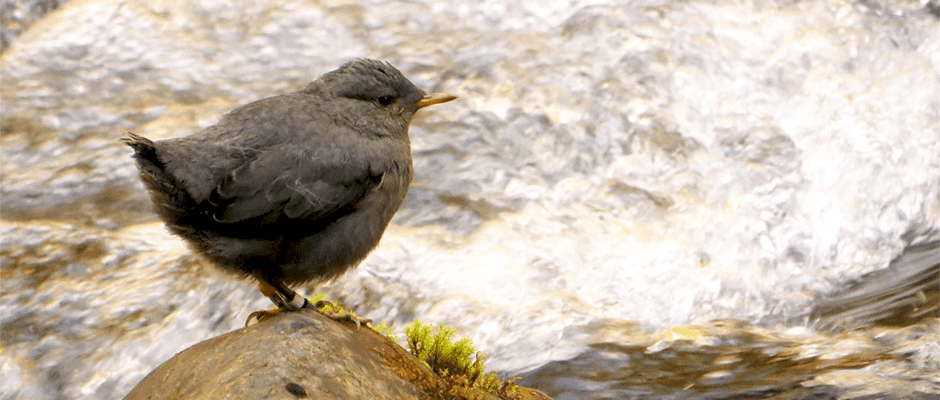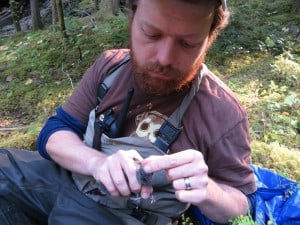Share this article
Hydroelectric Dam Demolition Helps American Dippers
Breaking the barriers for salmon may lead quickly to a healthier bird population, at least as far as dam removal is concerned.
Recent research examined the effect that removing a dam had on the movement of salmon in the Elwha River in northeast Washington state, as well as how the change affected the ecosystem of a bird species: the American dipper (Cinclus mexicanus).
“It makes a big difference to the dippers whether they have access to salmon,” said Christopher Tonra, an assistant professor of avian wildlife ecology at Ohio State University and the lead author of the recent study published in Ecography.
American dippers live along the Pacific coast from Alaska to Central America. Tonra said that before the dam was removed, populations upstream from the hydroelectric outlet only produced one brood per year on average, had lower annual survival rates and were more likely to migrate.
“If there’s no salmon access for the dippers, they almost behave like a different population,” he said. “The birds with salmon on their territory will stick around all year.”
The state removed the Elwha Dam over the winter of 2011-2012, and Tonra said that the researchers monitored the area upstream from the dam site from 2010 to 2013. Other work found that 80 to 85 percent of chinook egg masses laid in the following spawning season were above the site of the former dam.
They also measured the levels of nitrogen in American dippers all along the river during the study period. They found higher nitrogen levels in dippers upstream from the dam site by the first breeding season of the salmon in the river after demolition.
“Their nitrogen levels were more similar to other animals that had never lived around the dams than to birds that had been obstructed,” Tonra said. He added that the levels of nitrogen in American dippers upstream from the dam increased more and more every year after the dam was removed, until they eventually resembled birds that were downstream of the original dam site.
“The biggest finding is how fast recovery can begin,” Tonra said, though he added that there is still a lot of accumulated dam sediment in the area. “Often with conservation, we don’t get a lot of positive stories.”
This study was done around the site of the Elwha Dam, but the Glines Canyon Dam was also demolished along the Elwha River in August 2014. Tonra now wonders if the upstream dippers will change their behavior to match more closely with those who were always downstream of the dam site.
“It’s a really exciting thing to see and it’s going to continue to be exciting to see how this progresses,” Tonra said.
The message for conservation, he said, is that removing dams that don’t contribute much energy to the grid can benefit wildlife populations.
Header Image: An American dipper in a mountain stream is shown. ©Ohio State University









